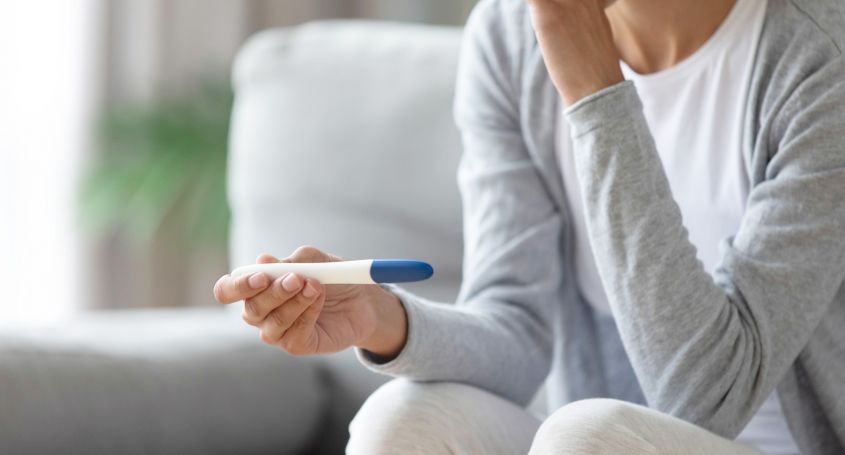Hippocrates was the first to determine the duration of gestation to be 280 days, 40 weeks or 10 lunar months. Subsequently, Carus and Naegele, in 1978, confirmed this to be true. Although, there is great variability in its duration due to individual factors, the most common is that birth is triggered at any time between week 38 and 42. When the conception is natural, the weeks are counted depending on the first day of the last period. However, if you want to know how to calculate the delivery date after an IVF procedure, we will explain how to do it in this post.
How do you calculate the date of delivery after an IVF procedure?
Many pregnant women following a fertility treatment wonder how the calculations are made both the pregnancy weeks and their due date, since it is something different to a natural pregnancy.
In a pregnancy using IVF, the moment of implantation is taken into account, since fertilization took place in the laboratory some 48 hours before. Therefore, it does not follow the natural course of a fertilized egg, which takes about 7 days to implant in the uterus. The correct thing to take into consideration is to count from the day of implantation and to calculate the probable date of birth, which is done by adding 270 days to that date instead of the usual 280 days or 38 weeks.
It is important to remember that the delivery date is an estimate. Only a very small percentage of women give birth on the day of delivery estimated by the doctor.
Trimesters of pregnancy
Another term that you will often hear during pregnancy is trimester. We will explain next how to know what trimester you are in and everything that you must take into account in each stage.
First trimester
This period is from week 1 to the end of week 12. During this stage you will have an examination to confirm that you are pregnant and the first ultrasound will be taken to verify that the fetus is inside the uterus and that the anatomy is correct. They will also check what your blood group is, if you have anemia and are immune to certain infectious diseases. During these weeks, nausea and vomiting are common.
Second trimester
This period includes week 13 until the end of week 26. During this stage, tests are performed to detect that your baby is developing correctly. According to most mothers, this is the best period of the pregnancy. The effects of nausea begin to subside and the fetus is still not too large, so that the day-to-day is more bearable. You will also know the sex of your future baby, that is if you can’t resist not knowing before you give birth.
Third trimester
The third trimester is from week 27 until the end of pregnancy. During those weeks it is normal to feel a little more tired, have back pain or swelling in the feet. Therefore, it is important to rest and perform some light exercise every day to control weight, which is triggered in those last weeks. It is also advisable that during this stage you attend a course for the preparation of childbirth, which can be very useful to clear doubts and recognize the symptoms of birth. The recommended visits to the gynecologist are every 4 weeks until the 36th week, then every 2 weeks until week 38 and finally weekly in the final stage, which helps to control the state of the placenta and the amount of amniotic fluid. Also, a vaginal culture is taken, which serves to detect possible infections by streptococci which can be passed to the baby during childbirth. Also, a final blood test and the blood pressure is done at this stage too. At week 40, we start with fetal monitoring to control the baby's cardiac response to intrauterine contractions.
Undoubtedly, the 9 months of pregnancy are a whole cluster of emotions, new sensations, changes in your body and doubts. Therefore, do not hesitate to always ask your specialist and follow their advice.





















